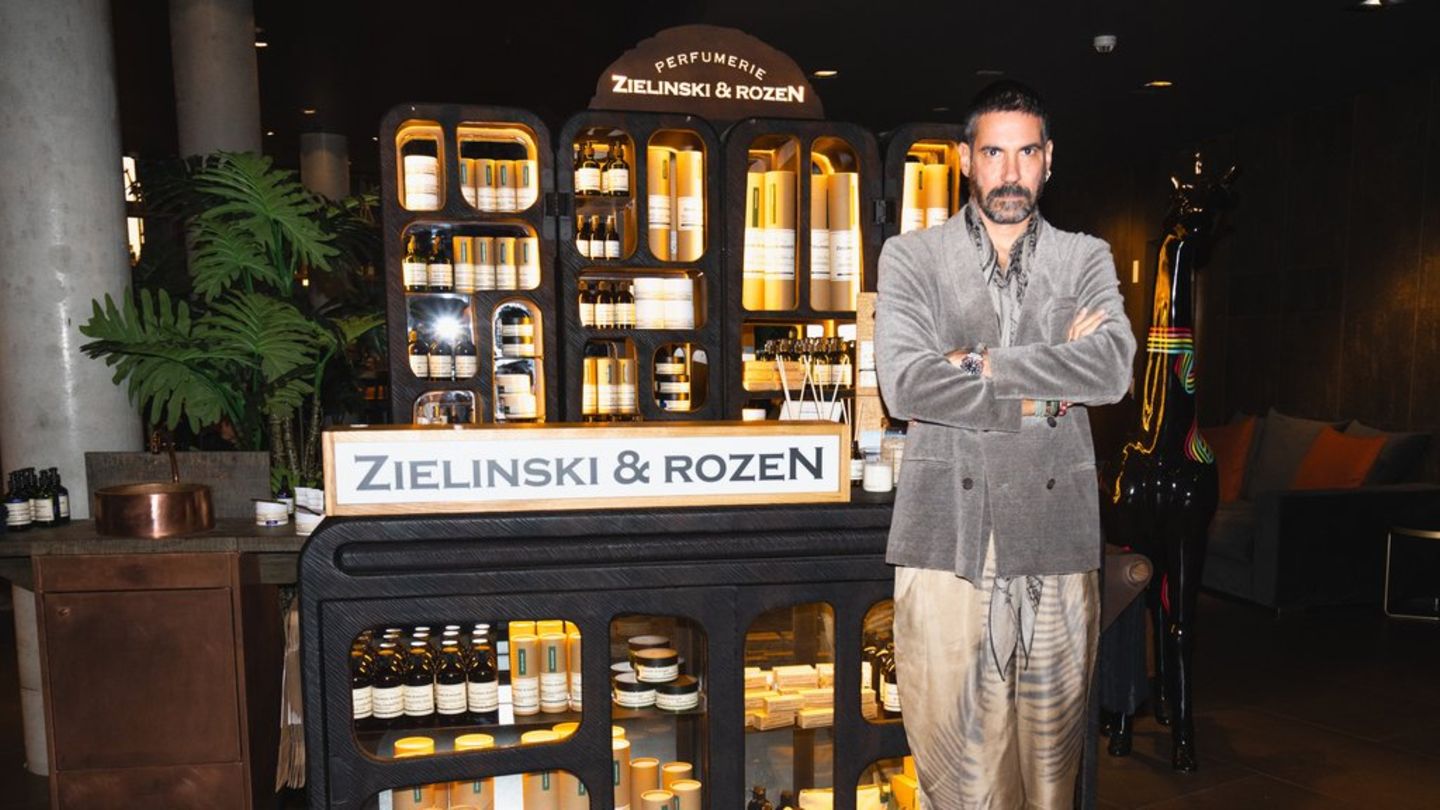
Burschenbundball with around 600 counter-demonstrators Image: TEAM FOTOKERSCHI.AT / KERSCHBAUMMAYR (TEAM FOTOKERSCHI.AT / KERSCHBAUMMAYR)
Around 300 rally participants gathered in front of the Ars Electronica Center from 5:30 p.m., and there were almost 650 people on the march through the city, the police reported. The organizers had expected 300.
The demo train was planned up to Martin Luther Platz on Landstraße, where the restricted area begins, and according to the police it was loud but peaceful. Musical support came from the Linz band Bucanero. The demo had an impact on public transport: no trams ran between the main station and Sonnensteinstrasse or Landgutstrasse from 5 p.m. until the end of the demo. A rail replacement service was set up by Linz Linien. The ball then started at 8.30 p.m. in the Palais Kaufmännischer Verein.
The – according to the definition of the ball organizers – “annual event of the members of national weapons student associations living in Upper Austria, their relatives and friends” in the Palais Kaufmännischer Verein has traditionally caused criticism. The SPÖ and the Greens see it as a networking meeting for the right-wing scene and also criticize the fact that the event is under the patronage of LH Thomas Stelzer (ÖVP). The ball used to be under the patronage of the Rector of the Johannes Kepler University in Linz. Since 2020, however, the Rectorate has generally no longer provided honorary protection for balls – the decision made in a secret ballot by the Senate can probably be seen in connection with the Burschenbundball.
In addition to the ball, which according to the organizers has been taking place regularly since 1948 – with the exception of the pandemic years – there has also been a tradition for several years of a demonstration by the “Linz Against Right” alliance. Around 35 organizations belong to it, many of them with a red, green or trade union background. Alliance spokeswoman Eva Reiter criticized that the ball was “organized primarily by the German-national fraternity Arminia Czernowitz,” criticizing the ball as “a loud and peaceful sign of a democratic, open and free society, without die-hard, right-wing extremist ideas.”
Source: Nachrichten



